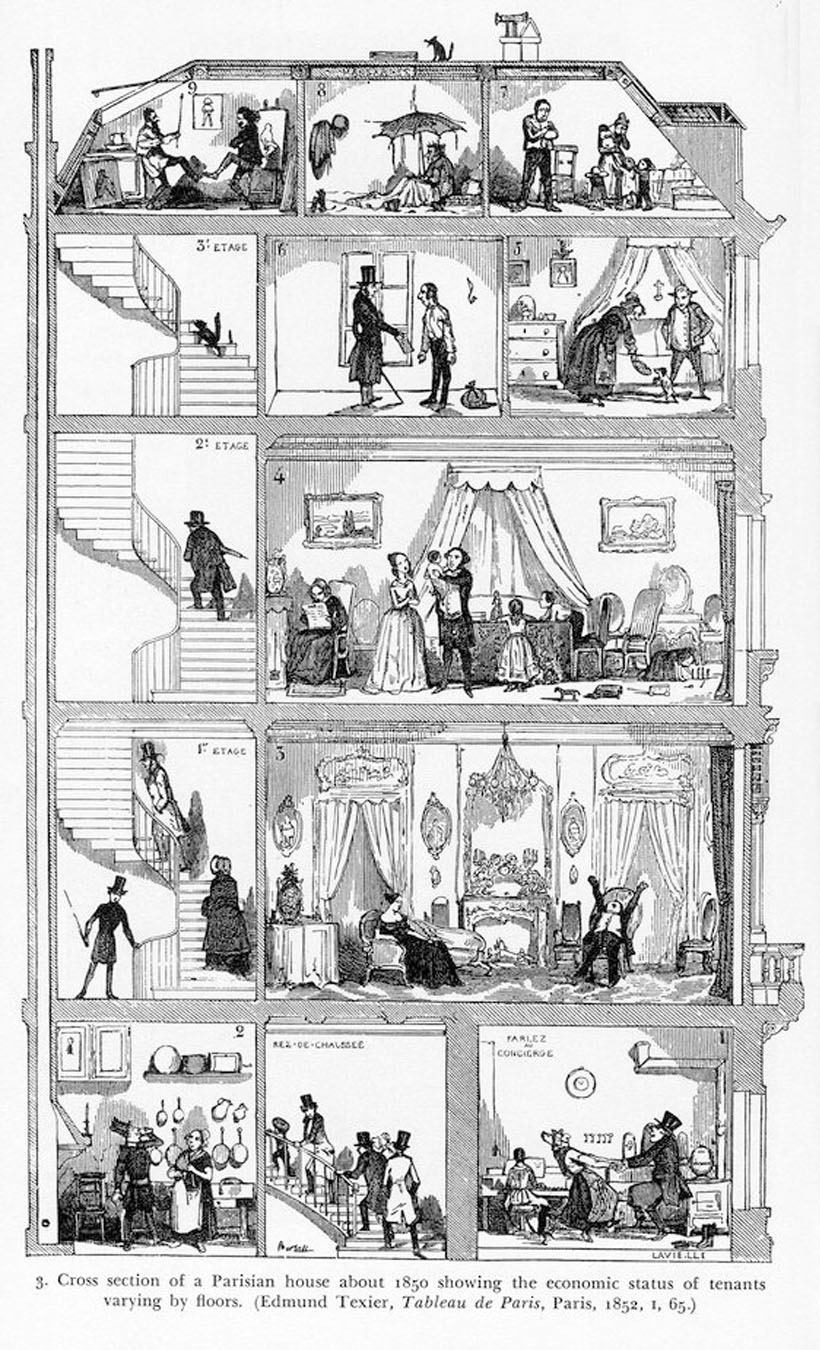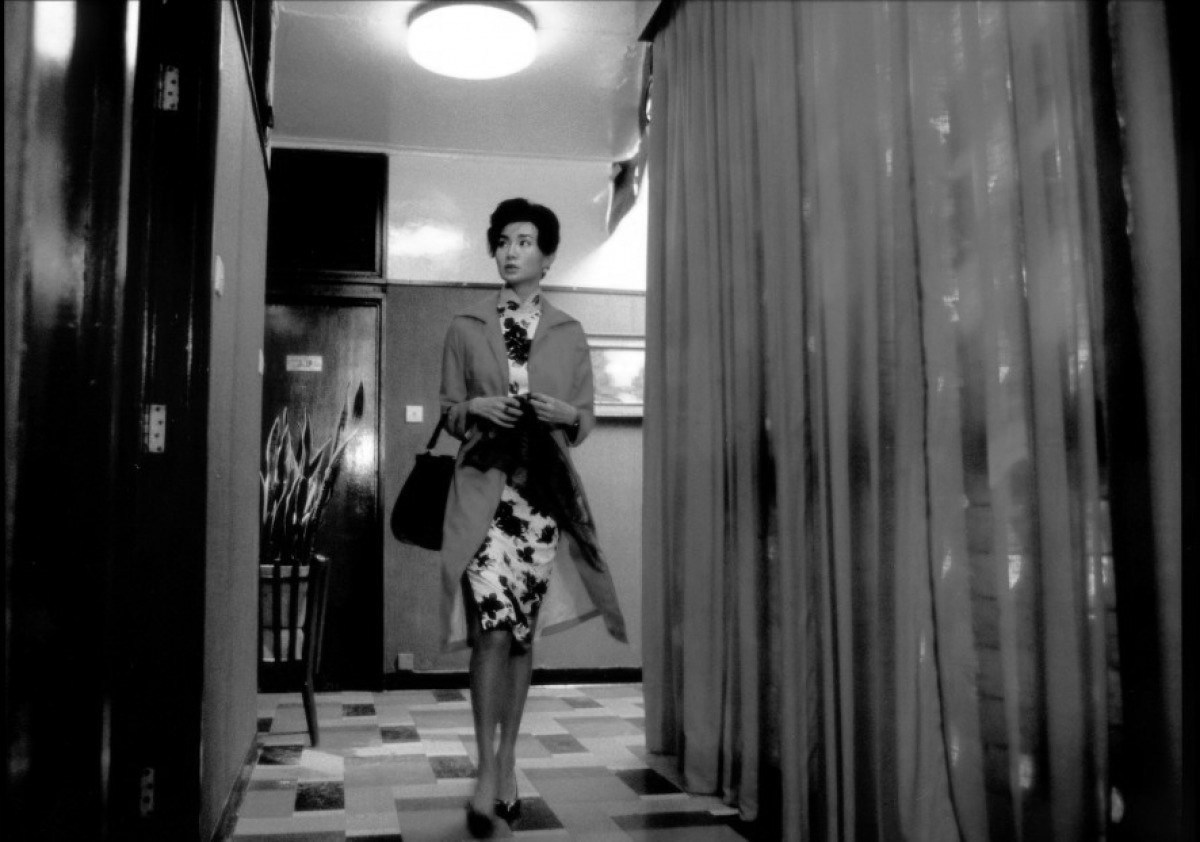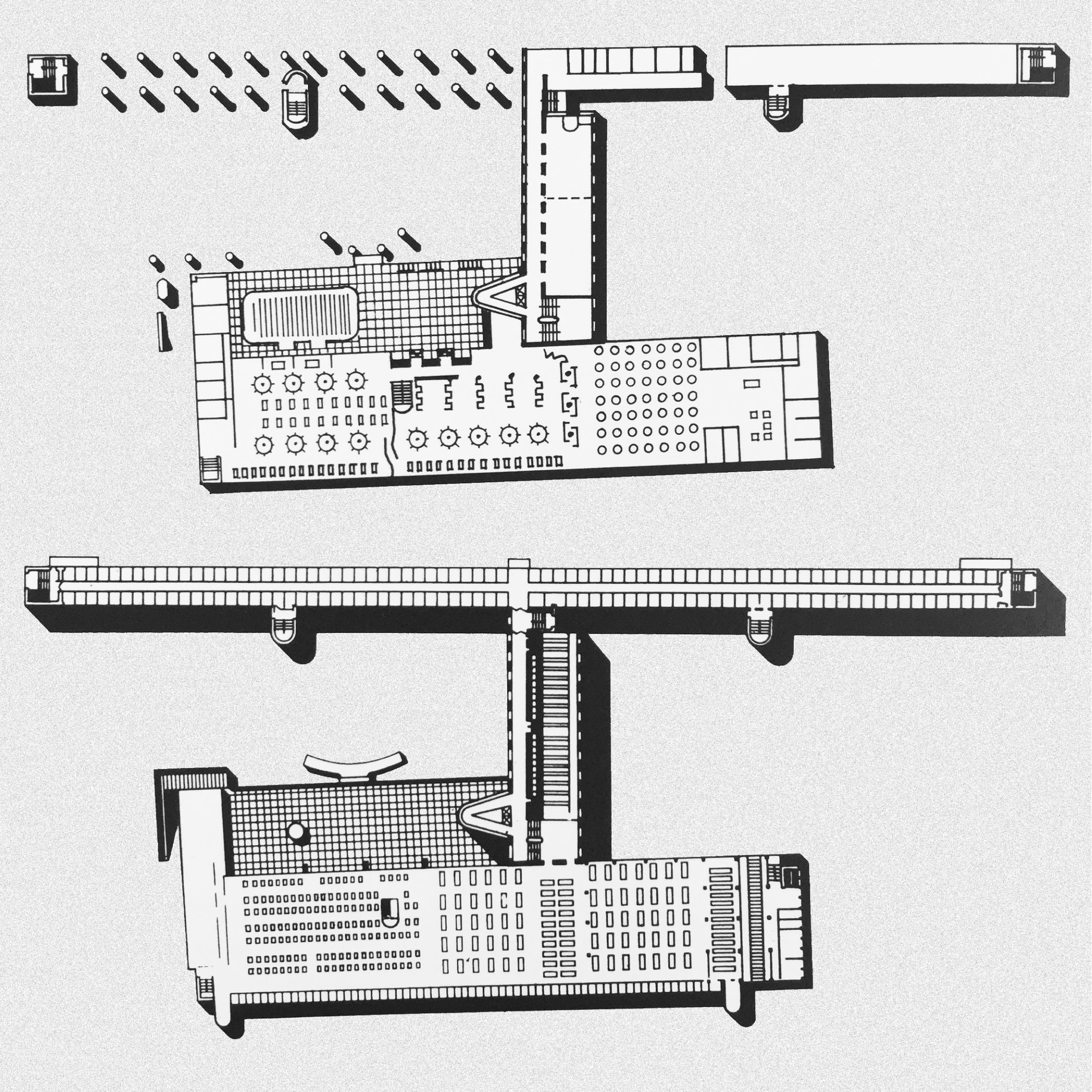Selected Topics in Architectural History and Theory: 12 Postcards from the History of Housing

Edmund Texier, Tableau de Paris, 1852
ARC3300H S
Instructor: Petros Babasikas
Meeting Section: L9101
Synchronous; July 6th - 23rd
Monday - Thursday, 10:00am - 12:00pm
This course explores the question of Housing since the Industrial Revolution during different historical moments and through related architectural projects. Each seminar session begins with a frame (image or drawing) captioned by a theme: a ‘postcard’ from the global History of Housing presenting significant, persistent, evolving housing concepts, architectural types, operations or social conditions such as Homework, Homelessness, Quad Commons, Radical Geometries, Renewal or Demolition, Incremental Building, Urbanism by the Knife.
Expanding their framework and themes from the 1850s to the present, the seminars consider works of architecture against seminal texts of political philosophy, history and critical theory (from Friedrich Engels, Walter Benjamin, Georg Simmel, Martin Heidegger, Hannah Arendt, Guy Debord, Richard Sennet, Saskia Saskien, and others).
The course further defines the cultural context of its works via a series of films, including Fritz Lang’s Metropolis, Jacques Tati’s Playtime, Michelangelo Antonioni’s Eclipse, Wong Kar-wai’s In the Mood for Love, Mathieu Kassowitz’s Hate, Fernando Meirelles’ City of God, Bong Joon-ho’s Parasite, and others. The juxtapositions among architecture, theory and narrative allow us to describe different versions of a modern inhabitant – her identity, citizenship and subjectivity – living in crisis, visions or commonplace.
From Tenements to radical post-war Estates, from Megablocks to Communes, from Pencil Towers to Informal Settlements, these diverse characters inhabit architectures of Housing that are also forms, instruments and representations of social change.

Maggie Cheung, In the Mood for Love, Wong Kar-wai, 2000
Students are asked to develop a theme or concept of the course in an in-class presentation including a comparative analysis of buildings, texts and films; then, re-iterate this analysis in a short text, podcast, or film.

Ivan Nikolaev, Dom Communa of the Textile Institute, Moscow USSR, 1929
What constitutes a housing failure and what a success?
Can we build innovation through commonplace, repetition, the generic?
How can architecture engage freedom, labour, community or self-help?
Who is the subject of our current crisis of housing?

